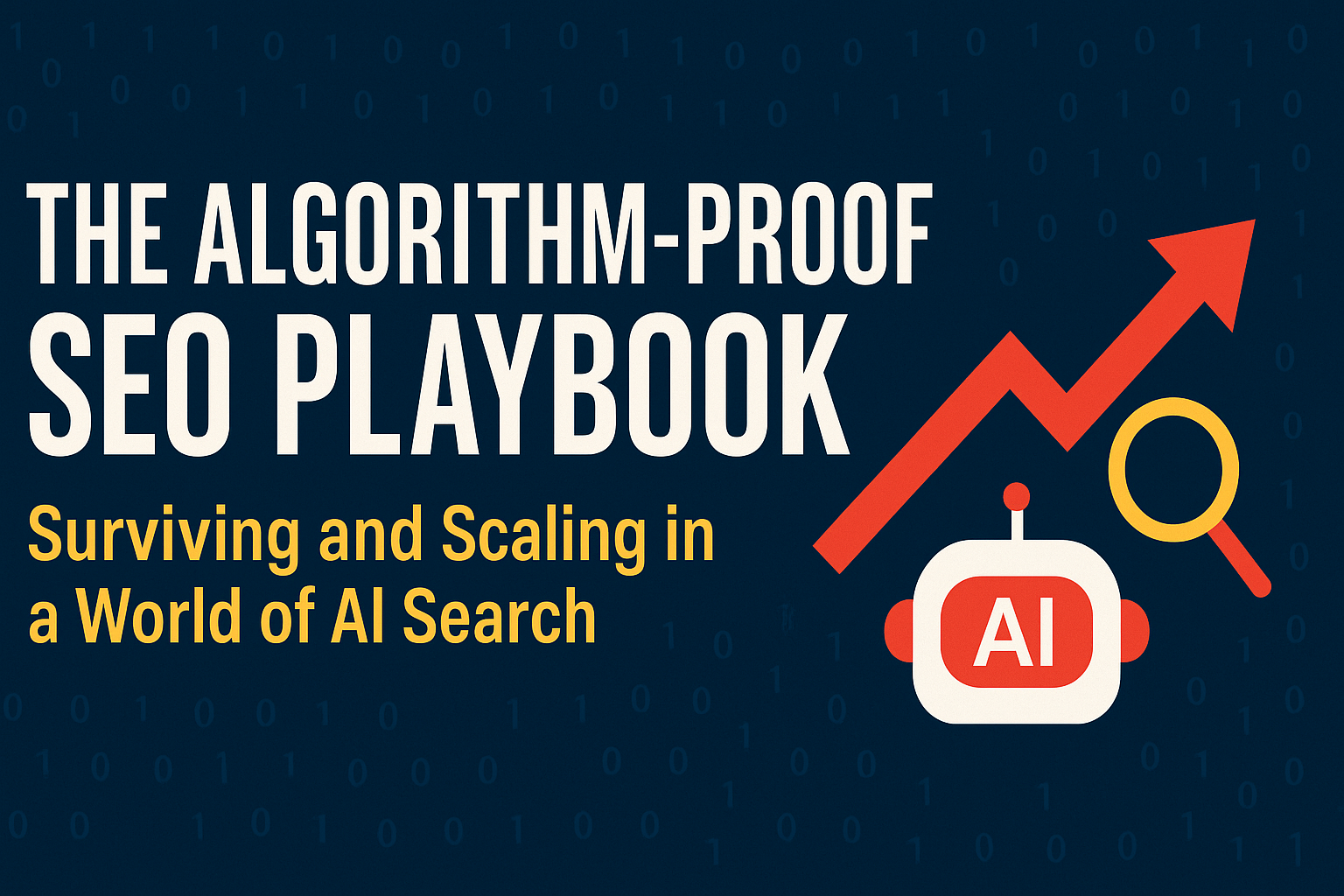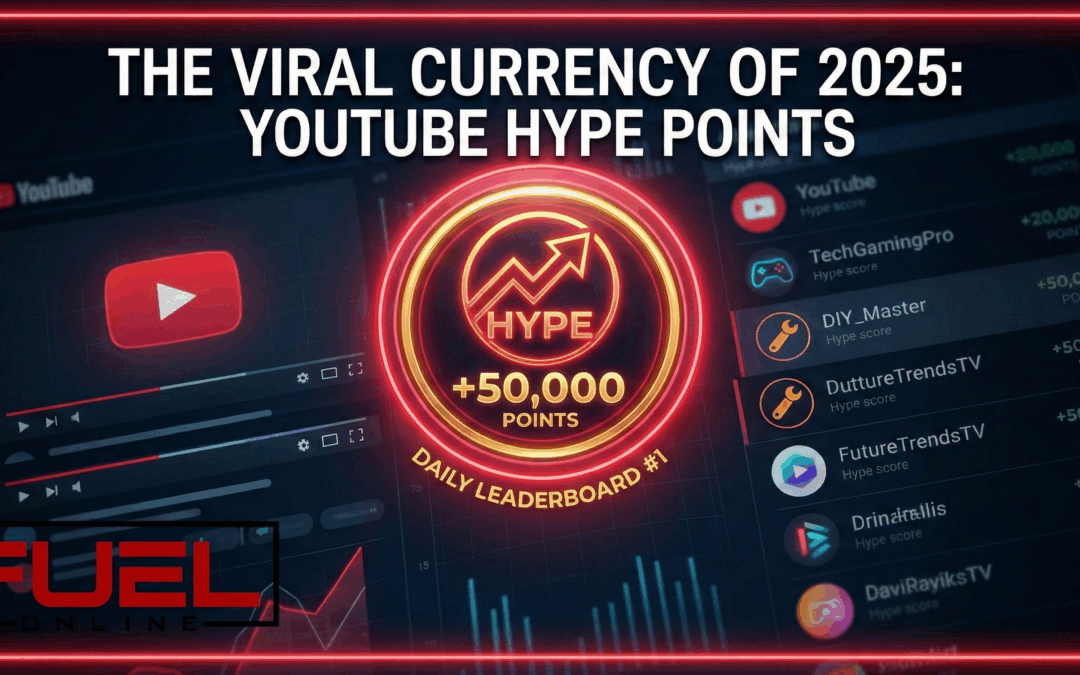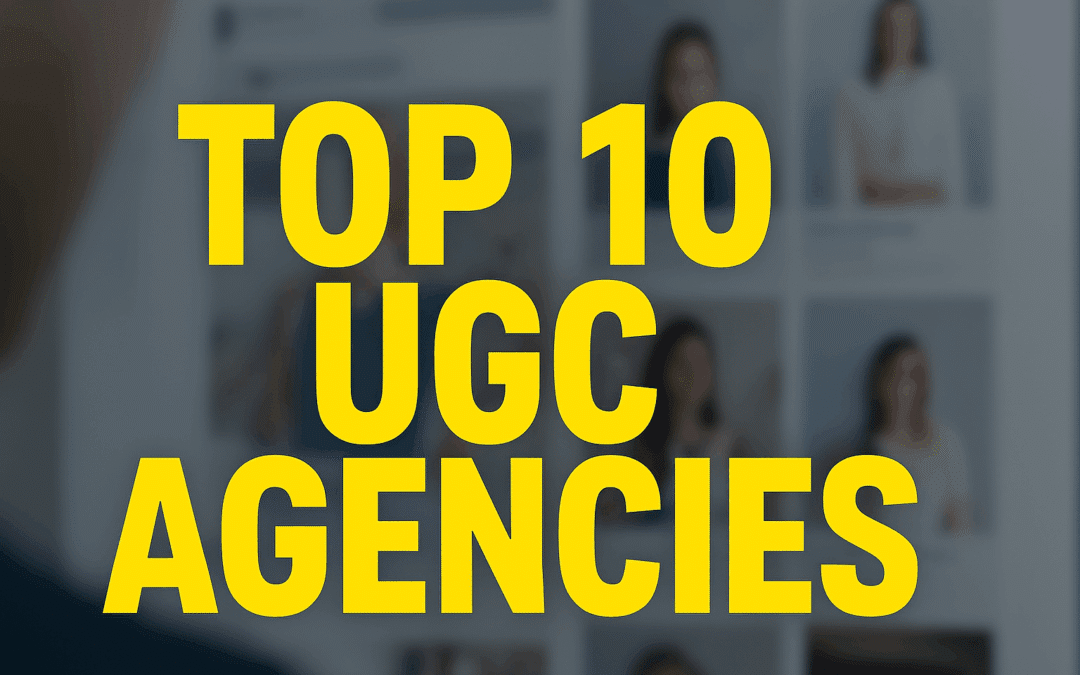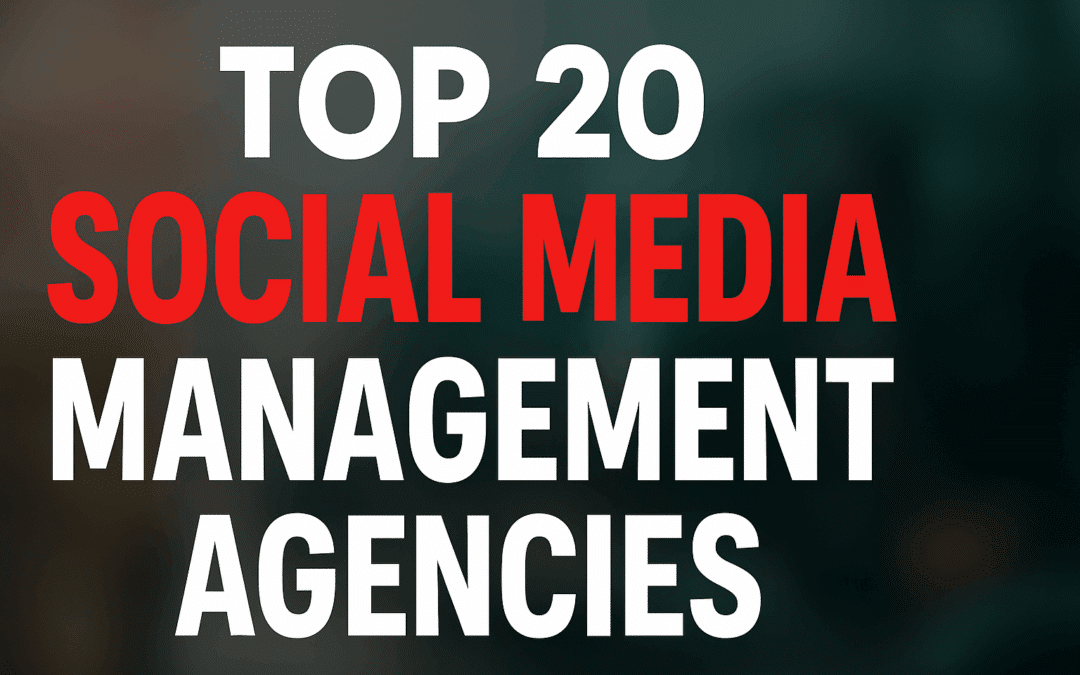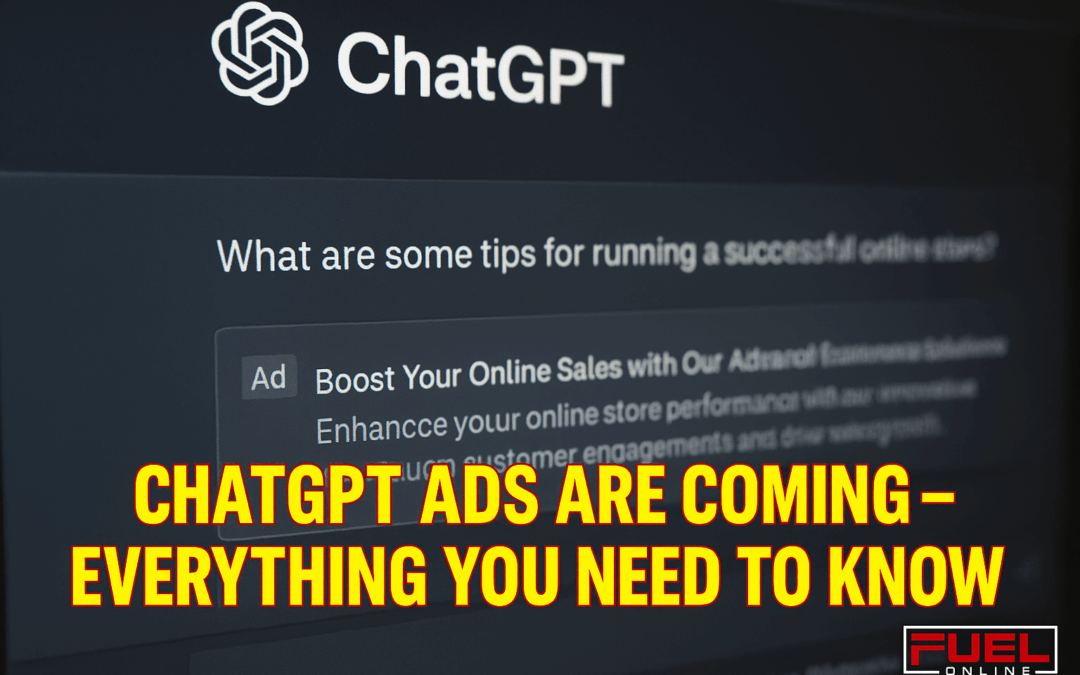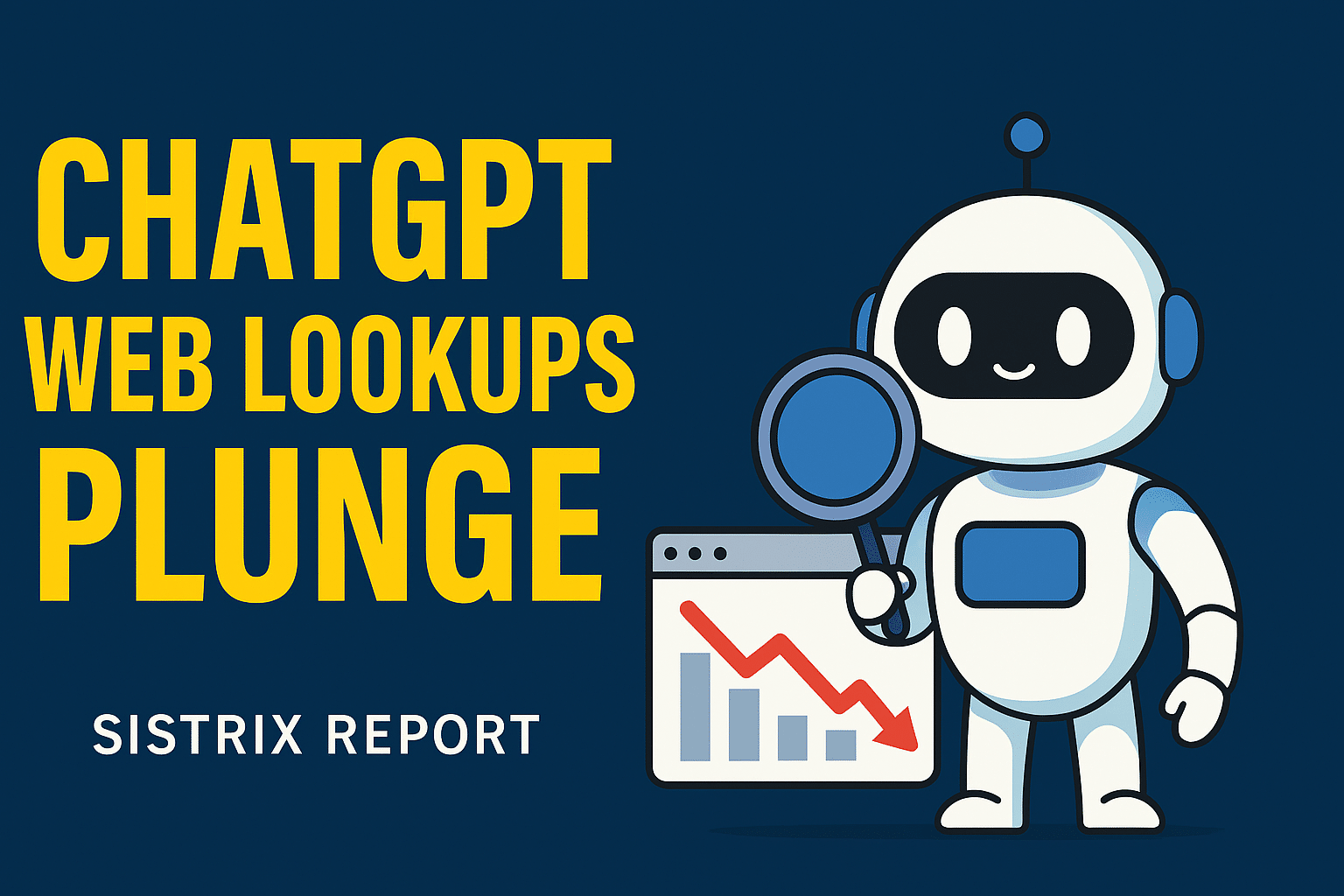The Algorithm-Proof SEO Playbook: Surviving and Scaling in a World of AI Search
Introduction: Welcome to the New Era of Search
SEO isn’t dead—it’s evolved. The way users discover, evaluate, and interact with content has fundamentally changed. From zero-click search results to AI-generated answers, organic visibility is no longer about rankings alone. In 2025, the key to sustained SEO performance is authority—not just over keywords, but over topics, entities, and audience trust.
This playbook is designed for CMOs, VP-level marketers, and strategic SEO leads who understand that checklists don’t win in enterprise SEO—systems do. Below, you’ll find the frameworks, KPIs, architecture, and mindset shifts required to thrive in the era of generative search and algorithm-proof content marketing.
The Shift: From Keywords to Concepts
SEO was once synonymous with keywords. You found what people searched for and reverse-engineered content around it. But today, keyword volume is only a fraction of what influences visibility. Google’s algorithm prioritizes topic authority, entity recognition, and trustworthiness.
Rather than obsessing over individual search terms, elite brands structure their digital presence around topical ecosystems. If you want to rank for “data compliance tools,” you don’t just need a product page. You need:
- Thought leadership articles
- Explainer content
- Use cases by industry
- Data governance frameworks
- Analyst insights
- Schema-marked author bios
Each piece supports the others. The goal isn’t just traffic. It’s belief—convincing both humans and machines that your brand is the definitive voice in your space.
Entity SEO: Owning the Semantic Graph
Search engines now build knowledge around entities—people, companies, products, locations. For B2B companies, this means:
- Having executive bios that are linkable and schema-tagged
- Appearing in third-party lists and roundups
- Having consistent naming and categorization across Crunchbase, LinkedIn, Wikipedia, and your site
- Mapping your brand and authors to relevant entities in Google’s Knowledge Graph
Winning in entity SEO means your brand and key personnel are part of the web’s semantic structure. If Google can’t define you, it won’t recommend you.
AI-Generated Search Results (SGE): Strategies to Be Cited
Google’s AI-generated summaries prioritize sources it considers credible. You won’t always get clicks—but you can get mentions. This is the new visibility economy.
How to increase your likelihood of citation in AI results:
- Publish original research
- Use schema markup extensively (FAQ, Article, Person, Organization)
- Ensure content is concise and factually sound in top sections
- Use question-based H2s that mirror common queries
- Ensure your brand appears in the answers, not just the metadata
Most importantly: content needs to be written like an authority—not just optimized. Use active voice. Quote named experts. Reference credible sources. Think “Harvard Business Review,” not “SEO blog.”
Technical Infrastructure: Building the Foundation
All the authority in the world means nothing if your site doesn’t load or crawl well. Google uses Core Web Vitals and crawl budget modeling to assess your performance. Fixing technical SEO isn’t sexy, but it’s often the fastest way to unlock organic growth.
Key areas of focus:
- Site speed: Aim for sub-2 second load times
- Mobile-first design: Prioritize usability and CTA placement
- Indexation: Use Search Console and log files to ensure the right pages are being crawled
- Internal linking: Create spider-friendly architecture with contextual internal links
- Structured data: Implement schema for all major page types (services, articles, authors, FAQs, products)
Consider creating a quarterly “SEO Dev Sprint” with your engineering team. Include a prioritized backlog of technical fixes and enhancements. Audit your top 100 revenue-driving pages monthly.
Topical Authority & Content Strategy
Your blog isn’t a catch-all content dump. It’s a strategic tool. And your job is to architect it like a product.
Every page on your site should fall into one of these buckets:
- Conversion pages (e.g., product/service pages, case studies)
- Authority builders (e.g., original research, POV articles)
- Support content (e.g., how-tos, definitions, topical explainers)
- Link magnets (e.g., tools, templates, data visualizations)
Build topic clusters around core commercial topics. Each cluster should contain:
- 1 pillar page (3,000+ words, comprehensive)
- 5–15 support articles
- Unified internal linking structure
- Custom graphics or data assets
Refresh old content every 6–9 months. Use decay tracking to identify traffic drops. Pages that lose 20%+ traffic over 90 days may need re-optimization, redirection, or consolidation.
Executive Thought Leadership: The Overlooked SEO Engine
One of the most underused tactics in enterprise SEO is leveraging your executive team as part of your content strategy. Google favors expertise—and human names with real-world reputations.
Action steps:
- Create schema-optimized author pages for your C-suite
- Publish POV content under real names (LinkedIn + blog + byline PR)
- Link thought leadership articles back to commercial pages
- Encourage guest appearances on podcasts and webinars—those backlinks matter
By turning your executives into cited authorities, you increase your entity credibility and diversify your backlink profile.
SEO-Driven Revenue Reporting
SEO reporting needs to mature beyond sessions and keyword rankings. CMOs should demand dashboards that tie organic content directly to business outcomes.
What to track:
- Assisted conversions by URL
- Pipeline sourced by organic traffic
- Average time to rank vs. average customer acquisition time
- Revenue per visit (RPV) by page or topic
- Page value by funnel stage
Tools to support this:
- GA4 with enhanced ecommerce or goals enabled
- Looker Studio or Tableau for visualization
- Attribution modeling via HubSpot, Salesforce, or Triple Whale
- Content analytics overlays (e.g., Hotjar, Heap)
SEO Governance: Organizational Alignment & Process
SEO doesn’t live in a silo. It intersects with PR, content, product, and even customer success. CMOs must institutionalize SEO into cross-functional planning.
Key rituals:
- Quarterly SEO roadmap reviews (shared with content, dev, analytics)
- Monthly SERP audits for core pages
- Weekly performance check-ins for new content
- Sprint planning that includes SEO tickets
Build SEO KPIs into editorial and dev team OKRs. Reward performance, not just output. Treat your best-performing pages like PPC campaigns—optimize relentlessly.
The Enterprise SEO Tech Stack (Recommended Tools)
- Crawl & Health: Screaming Frog, Sitebulb, DeepCrawl
- Rank & SERP Tracking: SEMrush, STAT, Ahrefs
- Content & Entity Optimization: SurferSEO, Clearscope, InLinks
- Analytics & Reporting: GA4, Looker Studio, HubSpot
- Attribution: Dreamdata, Triple Whale, Segment
- AI Content QA: Originality.ai, Grammarly Business
Build internal playbooks for how to use each. Don’t just buy tools—activate them with process.
Conclusion: Algorithm-Proof SEO Requires Strategy, Not Tricks
If your SEO strategy can be disrupted by a single algorithm update, it was never strategic to begin with.
What wins now:
- Entity-level authority
- Structured content ecosystems
- First-party research and expert POVs
- Technical excellence
- Cross-channel visibility
CMOs must own this transformation. Elevate SEO from a traffic channel to a reputation engine. Use it to shape perception, reduce CAC, and dominate your category—algorithm update or not.
Want to book a strategy call? Contact FuelOnline and let’s scale your search visibility the right way.

